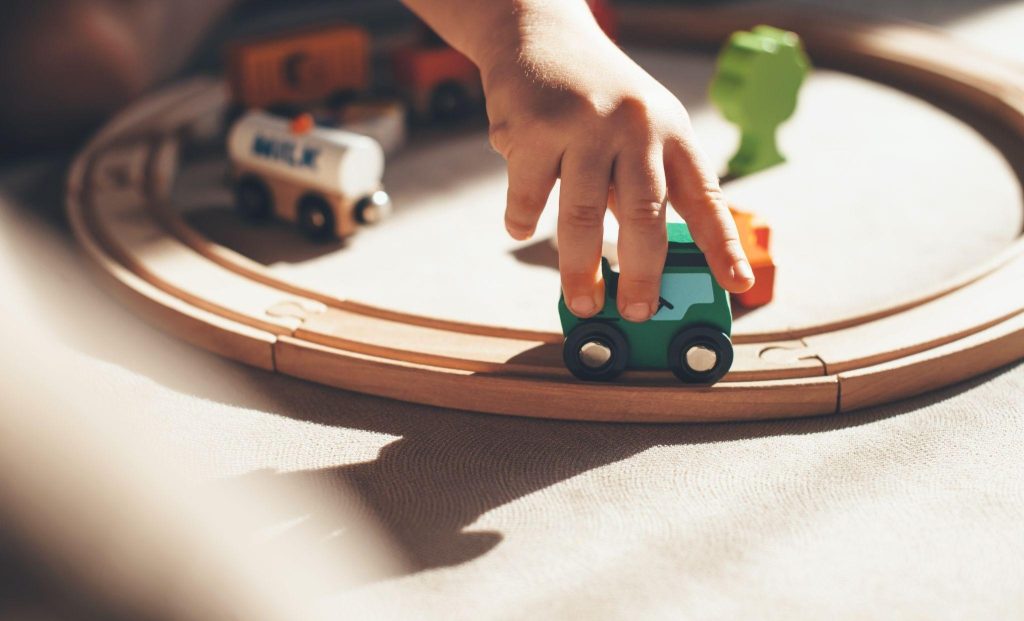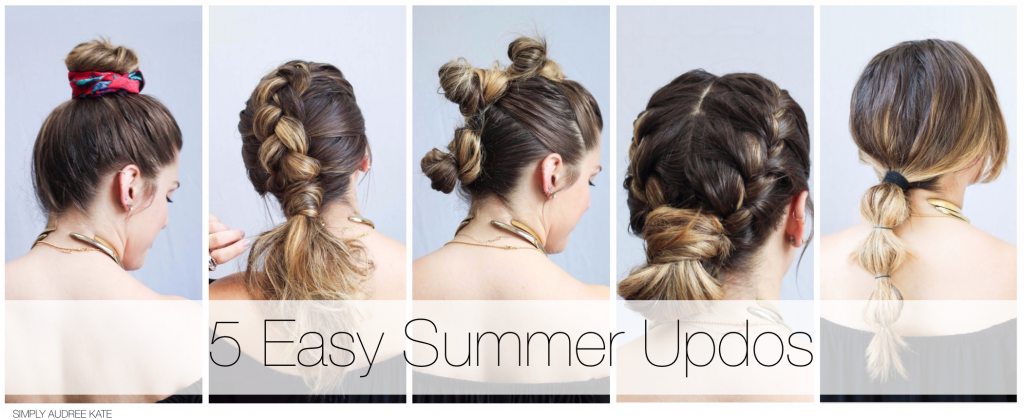When a child reaches for something, they’re not just playing. They’re studying. Learning texture, proportion, possibility. They’re absorbing what the adults around them consider worthy of space. And space is never neutral.
Stylish parents don’t just buy “nice” toys. They curate signals. They know their child is watching, absorbing, patterning off of everything. That includes the toy shelf.
What Your Toy Shelf Says Without Speaking
Clutter is a language. So is design. And kids read both fluently.
Plastic clutter says: this is disposable. Flashing lights say: you need to be entertained. Quiet, intentional objects say: you are capable of building the experience yourself.
It’s not about aesthetics for the adults. It’s about building sensory fluency for the child. A toy isn’t just a plaything. It’s an early message about how things work, how they feel, and what matters.
There Are Toys That Whisper and Kids Who Listen
The best toys don’t raise their voice. They don’t play jingles. They don’t ask for batteries.
They wait.
For a hand. For a story. For motion. These toys are often overlooked by big-box marketers because they don’t scream for attention. But that’s the point.
Children don’t need noise to be engaged. They need friction. Challenge. And sometimes, silence.
The Opposite of Screen Time Isn’t a Ban. It’s Trust.
You don’t have to declare your home a tech-free fortress. But you should know that the American Academy of Pediatrics warns against excessive screen time for children under five, especially when it replaces meaningful, real-world interaction.
Trust isn’t a speech. It’s what you leave within reach.
Fewer things. Better things. That’s not restriction. That’s belief.
Take the Yoto player. No screen. No ads. No endless scroll. Just a box that tells stories, plays music, and hands the reins back to imagination. It doesn’t perform for your child. It waits for them to press play.
A Better Toy Feels Different in the Hand
Weight. Material. Purpose. These are not academic concepts. They’re felt instantly.
The toys that stylish parents keep in rotation tend to have:
- A material memory (wood, linen, wool, felt)
- A function that’s never fully finished
- A lifespan that extends past one age or one mood
- No off-switch, because they were never “on” to begin with
If you want a shortcut, start with a toy that actually lasts. Something made with restraint, clarity, and the assumption that your child is a thinker.
The Toys You Keep Are the Stories They Remember
Ask any adult what they remember from childhood, and it’s rarely the tablet app or battery-powered toy. It’s the worn-out stuffed animal. The chipped wooden train. The doll with the mismatched clothes they styled a hundred different ways.
Memory attaches itself to texture. To repetition. To the objects that demanded participation.
When a toy holds space in a child’s life, it becomes more than a distraction. It becomes narrative. It becomes something they assign meaning to. Not because it was loud or flashy, but because it was always there, quietly available for them to shape. The power of play runs deeper than most people realize, it’s foundational to how kids build memory, process emotion, and develop identity.
That’s what the best toys do. They don’t perform. They become part of your child’s self-making.
The Future Starts on the Floor
We romanticize the future, but the truth is it starts with your kid on the floor, figuring out how two blocks stack. Or don’t. Watching how weight works. Noticing patterns. Making rules. Breaking them.
The kids who grow up with that freedom—the ones who were given tools instead of distractions—aren’t just more focused. They’re more original.
No screen can compete with that.





